Http Error 499 Nginx
Overview of HTTP Error 499 Nginx
When dealing with web applications and server configurations, encountering HTTP errors is a common occurrence. One such error that developers often come across is HTTP Error 499 in Nginx. Understanding the causes and solutions to this error is crucial for ensuring the smooth functioning of web applications. In this article, we will delve deep into the intricacies of HTTP Error 499 Nginx, exploring its causes, troubleshooting strategies, and best practices to resolve this issue effectively.
Understanding the Basics of Nginx and Its Functionality
Before we dive into the specifics of HTTP Error 499, let’s first understand what Nginx is all about. Nginx is an open-source web server software that excels at handling high traffic websites, load balancing, and reverse proxying. It is renowned for its efficiency, performance, and scalability. Nginx is capable of processing a large number of concurrent connections, making it a popular choice for many developers.
Common Causes and Triggers of HTTP Error 499
HTTP Error 499 is an Nginx-specific error that occurs when the client, typically a web browser, closes the connection before the server has completed its response. This error is often encountered when a user cancels the request or closes the page abruptly. Some common causes of HTTP Error 499 include:
1. User-initiated cancellation: When a user cancels a request or closes the page while the server is still processing it, the connection is terminated prematurely, resulting in Error 499.
2. Network issues: Network problems, such as intermittent connectivity or latency, can lead to the termination of a connection before the server can respond, triggering Error 499.
3. Client-side scripting errors: Faulty client-side scripts or incorrect handling of requests can cause the client to close the connection, leading to Error 499.
Analyzing Request Headers and Identifying Potential Issues
When troubleshooting HTTP Error 499, analyzing the request headers can provide valuable insights into the underlying issues. Checking the headers for correct information, including the user agent, content types, and encoding, can help identify any issues related to incorrect or incomplete requests.
Investigating the Role of Load Balancers in Error 499 Occurrences
Load balancers play a crucial role in distributing incoming client requests across multiple servers in order to ensure optimal performance and scalability. However, misconfigurations or improper load balancing settings can sometimes lead to HTTP Error 499. Investigating the load balancer’s configurations, such as timeout and connection limits, can help pinpoint the origin of the error and resolve it appropriately.
Exploring Timeout Configurations and Their Impact on Error 499
Timeout settings in Nginx determine how long the server waits for a response from the client before considering it a failed request. Incorrect timeout configurations can result in premature termination of connections, leading to Error 499. Adjusting the timeout values according to the specific requirements of the application and the expected response times can help mitigate this issue.
Optimizing Server Configurations to Minimize Error 499 Instances
Proper optimization of server configurations can significantly reduce the occurrence of HTTP Error 499. Fine-tuning settings such as buffer sizes, worker processes, and other relevant parameters can enhance the overall performance of the server, ensuring a smoother communication process between the client and the server.
Mitigating Error 499 through Proper Error Logging and Monitoring
Maintaining comprehensive error logs and implementing effective monitoring strategies can help in identifying patterns, observing trends, and diagnosing the root causes of Error 499. Utilizing centralized logging tools or built-in logging features in Nginx can aid in capturing relevant information to troubleshoot and resolve this error effectively.
Utilizing Debug Tools and Techniques to Diagnose Error 499
When faced with HTTP Error 499, utilizing debug tools and techniques can prove invaluable in identifying the specific issues underlying the error. Tools such as Nginx’s built-in debugging module or external debugging software can assist in capturing detailed information about the connection lifecycle, enabling developers to pinpoint the causes of the error more accurately.
Implementing Effective Error Handling and Recovery Mechanisms
To handle HTTP Error 499 gracefully, implementing robust error handling and recovery mechanisms is crucial. Proper error messaging to the client, fallback mechanisms in case of failures, and user-friendly error pages can enhance the user experience and minimize the impact of Error 499.
FAQs:
Q: What is the HTTP Error 499 in Nginx?
A: HTTP Error 499 in Nginx occurs when the client, typically a web browser, closes the connection before the server has completed its response.
Q: What are the common causes of HTTP Error 499?
A: Some common causes of HTTP Error 499 include user-initiated cancellation, network issues, and client-side scripting errors.
Q: How can I troubleshoot HTTP Error 499?
A: Troubleshooting HTTP Error 499 involves analyzing request headers, investigating load balancer settings, fine-tuning timeout configurations, optimizing server settings, implementing proper error logging and monitoring, utilizing debug tools, and implementing effective error handling and recovery mechanisms.
Q: Can load balancers contribute to HTTP Error 499?
A: Yes, misconfigurations or improper load balancing settings can sometimes lead to HTTP Error 499. Checking load balancer configurations, such as timeout and connection limits, is essential in resolving this issue.
In conclusion, HTTP Error 499 in Nginx can be challenging to diagnose and resolve, but with a thorough understanding of its causes and the implementation of effective troubleshooting strategies, developers can minimize its occurrence and ensure the smooth functioning of web applications. By analyzing request headers, investigating load balancer settings, optimizing server configurations, and implementing proper error handling mechanisms, HTTP Error 499 can be successfully mitigated, providing a seamless user experience.
How To Fix The Http 499 Error
Keywords searched by users: http error 499 nginx 499 HTTP code, Kong 499, Nginx status code, Failed to load resource the server responded with a status of 499, 504 Gateway time-out nginx, Log_format nginx, Cloudflare 499 client Closed request, Upstream timed out (110: Connection timed out) while reading response header from upstream
Categories: Top 72 Http Error 499 Nginx
See more here: nhanvietluanvan.com
499 Http Code
Meaning and Significance of 499 HTTP Code:
The 499 HTTP code signifies that the client intentionally closed the connection before receiving the server’s response. This code is not standardized by the HTTP Working Group, the organization responsible for maintaining and developing the Hypertext Transfer Protocol (HTTP). Instead, it has been adopted and popularized by the NGINX web server. The NGINX web server logs this status code when it detects that a client has abruptly closed the connection.
To better understand the significance of the 499 HTTP code, it is important to differentiate it from other related codes. The 499 code should not be confused with the more common 4xx client error codes or 5xx server error codes. The 4xx codes indicate various client-side errors, such as 404 (Not Found) or 403 (Forbidden), while the 5xx codes denote server errors, such as 500 (Internal Server Error) or 503 (Service Unavailable). In contrast, the 499 code specifically highlights the client’s intentional disconnection.
Potential Causes of the 499 HTTP Code:
Several factors can contribute to the occurrence of the 499 HTTP code. Below are some potential causes:
1. Network Connectivity Issues: Disconnecting from a website due to network connectivity problems, such as intermittent internet connections or weak signals, can trigger the 499 status code.
2. User Activity: Users can manually close the connection by closing the browser or navigating away from the page while the server is still processing the request. This can result in the 499 code being logged.
3. Client or Browser Limitations: Certain client software or web browsers may have limitations or settings that cause them to close connections prematurely. This can lead to the display of the 499 code.
Distinguishing Features of 499 HTTP Code:
While the 499 status code shares similarities with other HTTP codes, there are features that set it apart:
1. Client-Initiated Disconnection: The key characteristic of the 499 code is that it signifies a client’s deliberate disconnection of the connection without waiting for the server’s response. This can be important for troubleshooting, as it indicates a different scenario than server errors or client-side mistakes.
2. Web Server Specific: It is crucial to note that the 499 code is specific to the NGINX web server. Other web servers may log different status codes or might not implement this particular code at all. Therefore, it is not officially recognized by the HTTP protocol itself.
FAQs:
Q1. Does the 499 HTTP code indicate a problem with the server?
A1. No, the 499 code primarily indicates a client-side event where the user or client software intentionally closes the connection without giving the server a chance to respond.
Q2. Should website administrators or developers be concerned if they observe the 499 code in their server logs?
A2. Not necessarily. The presence of the 499 code in server logs is usually an indication of client-initiated disconnects, which may occur due to various benign reasons such as network connectivity problems or user actions.
Q3. Are there any potential implications or risks associated with the 499 code?
A3. In most cases, the 499 code does not pose any significant risks or implications. It mainly helps with troubleshooting and identifying instances where client disconnections occur.
Q4. Can the 499 code be handled or mitigated?
A4. Since the 499 code is specific to the NGINX web server, it is possible to configure NGINX to avoid or alter its logging behavior for this status code. However, handling or mitigating the code entirely depends on server configurations and software choices.
Q5. Is the 499 HTTP code widely supported by all web servers?
A5. No, the 499 code is not officially recognized or standardized by the HTTP protocol. Therefore, its generation and handling may vary across different web servers.
In conclusion, the 499 HTTP code serves as a valuable tool for diagnosing client-side events where the client intentionally disconnects before receiving the server’s response. Understanding the meaning, potential causes, and unique features of the 499 code can assist web administrators and developers in troubleshooting and refining their web applications.
Kong 499
Introduction
When it comes to gaming, having the right tools can make all the difference. A high-performance gaming keyboard can significantly enhance your gaming experience, improving your speed, accuracy, and overall gameplay. Kong 499 is an exceptional gaming keyboard that has taken the gaming world by storm. In this article, we will delve deep into the features, benefits, and specifications of Kong 499, revealing why it has become the go-to keyboard for gamers worldwide.
Features and Benefits of Kong 499
1. Mechanical Switches: Kong 499 utilizes advanced mechanical switches that offer precise actuation and provide a tactile feedback, ensuring a satisfying and responsive gaming experience. With its durable construction, these switches are built to last, even under intense gaming sessions.
2. RGB Backlighting: Kong 499 boasts stunning RGB backlighting that can be fully customized to fit your personal style. With millions of color options and various lighting effects, you can create a visually immersive gaming atmosphere that not only looks spectacular but also helps improve visibility in low-light situations.
3. Anti-Ghosting and N-Key Rollover: Never miss a keystroke again! Kong 499 is equipped with anti-ghosting technology and N-key rollover, allowing you to press multiple keys simultaneously without any conflicts. This feature is crucial in fast-paced gaming scenarios where split-second reactions are needed.
4. Macro Functionality: Take your gaming to the next level with Kong 499’s macro functionality. With programmable macro keys, you can create complex combinations or execute a series of commands with just a single keystroke. This feature empowers gamers to streamline their gameplay, gaining a competitive edge over their opponents.
5. Ergonomic Design: Kong 499 is specifically designed with gamers in mind. Its ergonomic layout ensures optimal comfort during long gaming sessions, reducing wrist and hand fatigue. With detachable wrist support, you can choose the level of support that suits your preference. The keyboard’s sturdy construction and non-slip rubber feet guarantee stability, even during intense gaming sessions.
6. Dedicated Media Controls: With Kong 499, you have easy access to dedicated media controls. Adjust audio volume, skip tracks, or pause your favorite music or videos without interrupting your gameplay. This feature allows you to multitask seamlessly, ensuring a smooth and uninterrupted gaming experience.
Specifications of Kong 499
– Connectivity: USB Type-A
– Cable Length: 1.8 meters
– Dimensions: 440mm x 134mm x 35mm
– Weight: 970g
– Compatibility: Windows, macOS, Linux
– Keycaps: Double-shot ABS
– Switch Type: Mechanical (Various options available)
– Backlight: RGB, fully customizable
– Macro Keys: 6 programmable keys
– Key Rollover: N-Key rollover with anti-ghosting technology
– Wrist Support: Detachable
– Construction: Aluminum top plate with ABS bottom case
– Price: $99.99
FAQs
Q: Is Kong 499 compatible with all gaming platforms?
A: Kong 499 is compatible with Windows, macOS, and Linux operating systems, making it suitable for PC gaming. However, it may not be compatible with gaming consoles such as PlayStation or Xbox.
Q: Can I use Kong 499 for typing and work purposes?
A: Absolutely! While Kong 499 is specifically designed for gamers, its mechanical switches, comfortable keycaps, and customizable backlighting make it an excellent choice for typing and general computer use as well.
Q: Are the keycaps replaceable?
A: Yes, the keycaps on Kong 499 are replaceable. You can easily swap them out with different keycaps of your choice to further personalize your gaming setup.
Q: Can I use macros on Kong 499 for non-gaming applications?
A: Yes, you can program macros on Kong 499 for any application that supports keyboard commands. This functionality can be extremely useful for streamlining tasks in professional software, increasing your productivity.
Q: Is the keyboard compatible with my computer’s USB ports?
A: Kong 499 uses a standard USB Type-A connector, which is supported by most computers. However, it is always advisable to check the compatibility of your device’s USB ports before purchasing.
Conclusion
Kong 499 is a premium gaming keyboard that stands out from the crowd with its impressive features, superior build quality, and exceptional performance. Whether you are a casual gamer or a professional eSports competitor, this keyboard delivers an immersive gaming experience that can elevate your skills to new heights. With its customizable backlighting, advanced switches, and ergonomic design, Kong 499 offers everything you need for an unforgettable gaming journey. Upgrade your gaming setup with Kong 499 and realize the full potential of your gaming prowess!
Nginx Status Code
When visiting websites, we often encounter different HTTP status codes. These status codes provide valuable information about the current state of the communication between the web server and the client’s browser. One of the popular web servers, Nginx, also uses status codes to inform the client about the success or failure of a request. In this article, we will delve into the world of Nginx status codes, what they mean, and how they can help troubleshoot potential issues.
What are Nginx Status Codes?
Nginx status codes are a set of three-digit numbers that indicate the outcome of a client’s HTTP request. These codes fall into different categories, each representing a particular situation or response from the server. Understanding these status codes can help identify the cause of a problem and further optimize your web server.
Common Nginx Status Codes and Their Meanings:
1. Informational Codes (1xx):
These codes convey information about the initial request and the server’s intent to complete it. The most commonly encountered informational status code is 100 (Continue), which informs the client that the server has received the initial part of the request and is willing to proceed.
2. Successful Codes (2xx):
These status codes signify the successful completion of a request. The most common successful code is 200 (OK), indicating that the server successfully processed the request and returned the appropriate content. Other successful codes like 201 (Created) and 204 (No Content) represent the successful creation of a resource or the successful initiation of a process without any content to send back to the client, respectively.
3. Redirection Codes (3xx):
When a user requests a resource that has been moved or is temporarily unavailable, Nginx uses a redirection code to guide the client to the correct location. A well-known example is 301 (Moved Permanently), which informs the browser that the requested resource has permanently moved to a new URL. Other codes in this category include 302 (Found), indicating a temporary redirection, and 304 (Not Modified), which tells the browser that the requested resource has not been modified since its last retrieval.
4. Client Error Codes (4xx):
These status codes indicate that there was an error due to the client’s input, such as a malformed request or unauthorized access. The most common client error code is 404 (Not Found), which signifies that the requested resource could not be located on the server. Other client error codes like 403 (Forbidden) and 401 (Unauthorized) indicate that the client does not have the necessary permissions to access the requested resource.
5. Server Error Codes (5xx):
When the server encounters an internal error while processing a request, it returns one of the server error codes. The most familiar server error code is 500 (Internal Server Error), indicating that an unexpected condition occurred that prevented the server from fulfilling the request. Other server error codes like 502 (Bad Gateway) and 503 (Service Unavailable) are used to show that the server acting as a gateway or a proxy encountered errors in fulfilling the request or is temporarily unavailable.
Frequently Asked Questions (FAQs):
Q: How can I view the Nginx status codes in my server logs?
A: Nginx logs contain valuable information about the requests handled by the server, including the status codes. The exact location of these logs depends on your Nginx configuration, but they are often found in the /var/log/nginx/ directory. You can use tools like “cat” or “tail” to view the logs and search for the specific status codes.
Q: Can I customize the default error pages for specific codes?
A: Yes, Nginx allows you to customize error pages using the “error_page” directive in the configuration file. By specifying the error code and the corresponding HTML file, you can create tailored error pages that provide a more user-friendly experience.
Q: How can I troubleshoot a 500 Internal Server Error?
A: A 500 Internal Server Error can be caused by various factors, such as misconfigured server settings, faulty scripts, or insufficient file permissions. To troubleshoot this error, you can check the server logs for more details, review the server’s configuration files for any mistakes, and ensure that the required dependencies for your application are installed correctly.
Q: What should I do when encountering a 404 Not Found error?
A: A 404 Not Found error indicates that the server could not locate the requested resource. To resolve this issue, you can verify the URL for any typos, ensure that the file or page exists in the specified location, and check the server’s configuration for any misconfigured routes or aliases.
Q: Are there any tools available to analyze Nginx logs and track status codes?
A: Yes, several tools can help you analyze Nginx logs and track status codes efficiently. Popular options include ELK (Elasticsearch, Logstash, and Kibana) stack, Splunk, and GoAccess. These tools can provide powerful insights into your server’s performance, track status codes, and help identify potential issues.
In conclusion, Nginx status codes play a crucial role in communication between web servers and clients. By understanding and interpreting these codes, you can gain valuable insights into the success or failure of requests, troubleshoot potential issues, and optimize your server for better performance. Remember to consult the server logs and utilize various tools available to investigate and analyze the status codes effectively.
Images related to the topic http error 499 nginx

Found 19 images related to http error 499 nginx theme
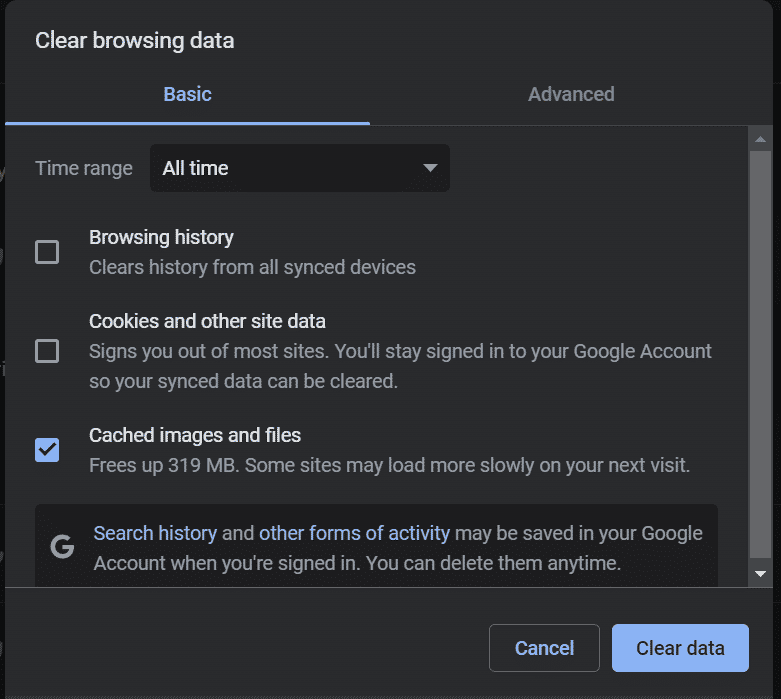



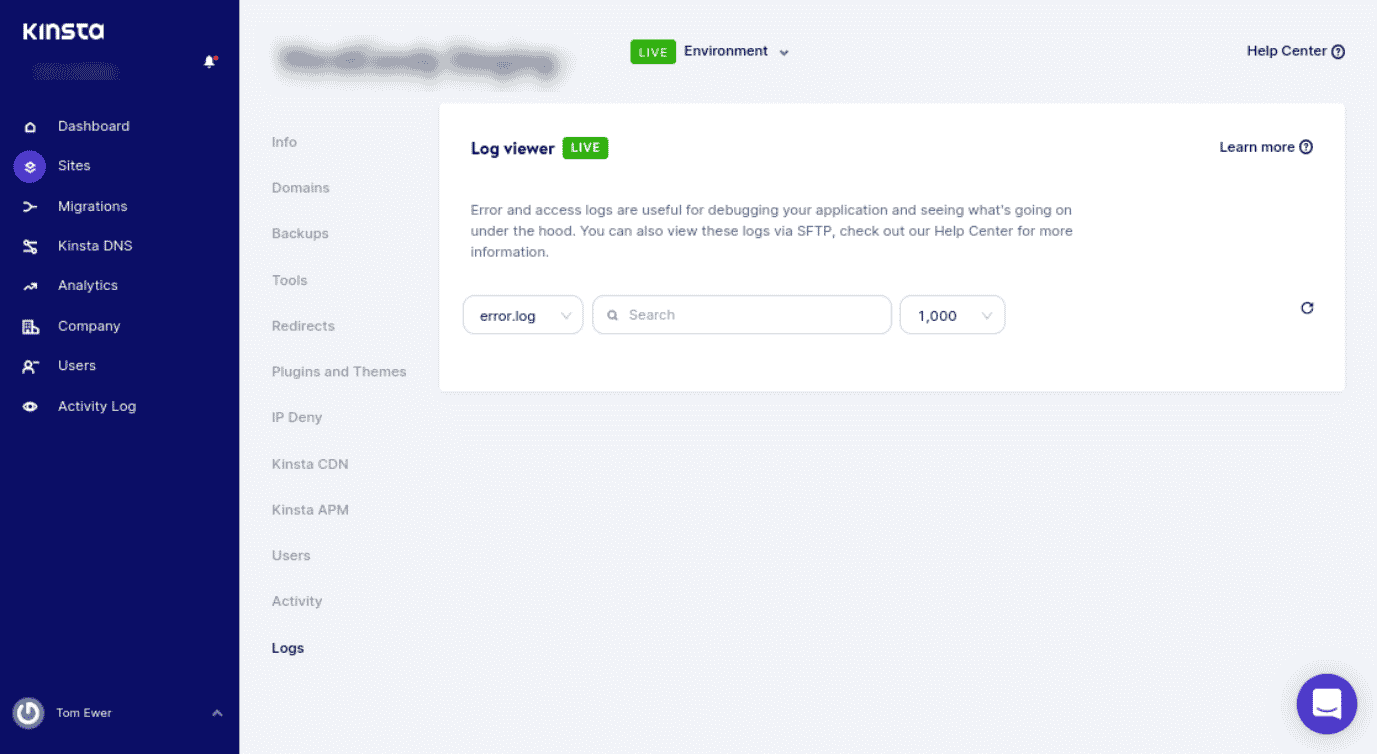






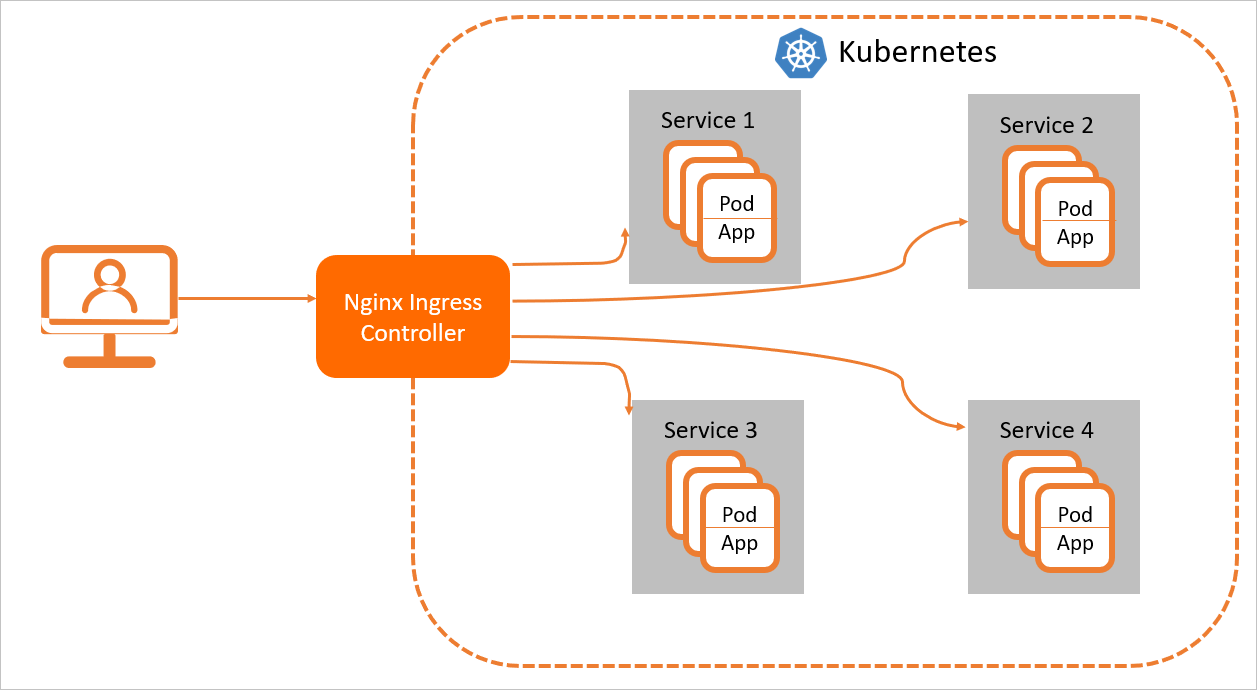

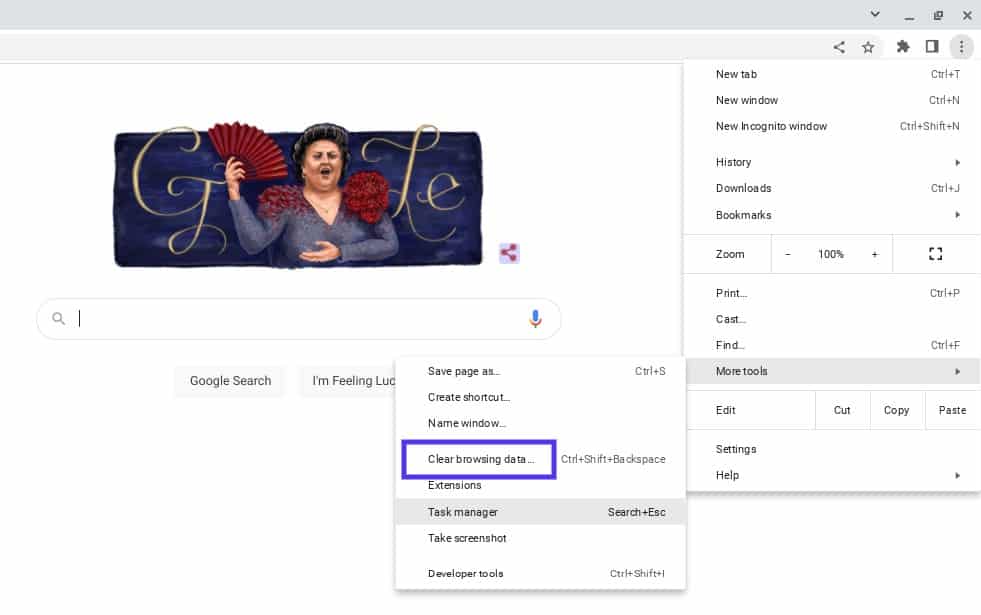





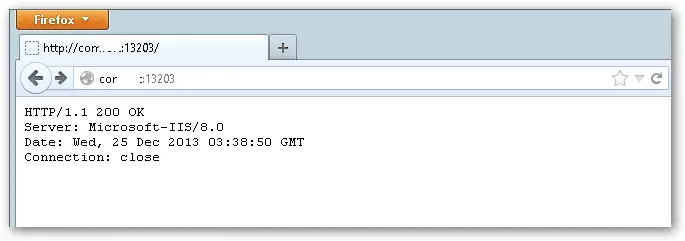






Article link: http error 499 nginx.
Learn more about the topic http error 499 nginx.
- Possible reason for NGINX 499 error codes – Stack Overflow
- HTTP Status 499 Code | Reason for Nginx 499 Error codes
- How To Fix the HTTP 499 Error (5 Potential Solutions) – Kinsta
- NGINX Error 499 | All About – Bobcares
- HTTP 499 Client Closed Request: Definition & Troubleshooting
- 499 CLIENT CLOSED REQUEST – HTTP Status Code
- NGINX http code 499 equivalent in F5 – DevCentral
- nginx (+ php-fpm) sometimes returns http code = 499
- Nginx 499 status codes : r/sysadmin – Reddit
See more: nhanvietluanvan.com/luat-hoc